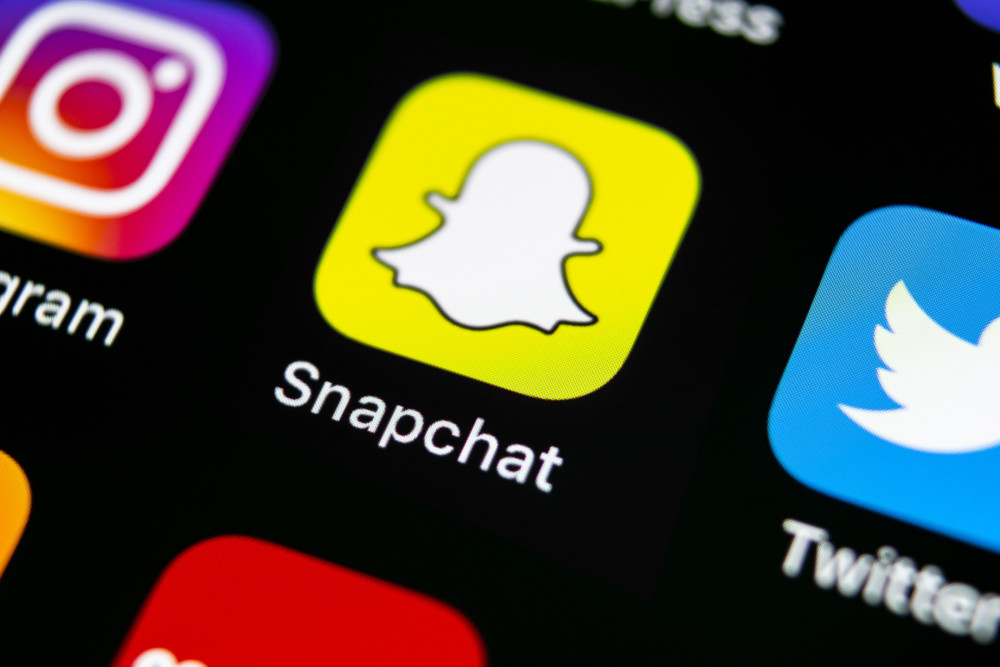By Suhauna Hussain
Los Angeles Times
WWR Article Summary (tl;dr) As Suhauna Hussain reports, “The company’s hit-and-miss record with benchmarks in the past does not provide comfort for investors.”
Los Angeles Times
It was only last year that Snap Inc. emerged from the doldrums, shoring up its sagging user base and dispelling the dark cloud hanging over its future.
The path forward seemed clear and bright to investors: if the users were there, and the company was able to turn that into ad dollars, profitability wouldn’t be far off.
But investors were disappointed Tuesday when the company delivered its year-end earnings report. The news that Snap’s fourth-quarter revenue of $560.9 million fell shy of Wall Street’s estimates, with a downward adjustment in projected first-quarter sales to boot, sent shares plunging 14% in after-market trading on Tuesday. They tumbled another 9.5% on Wednesday.
But the report also contained some good news. On the glass-half-full side of the ledger, the company saw its first quarter of profit, by one adjusted metric.
Admittedly, Snap has been slow to meet its goals since it went public, and a revenue miss won’t do anything to build confidence. Still, some investors see it as a blip in Snapchat’s growth, and believe the trajectory Snap has been on for the past year remains its true course, as the company maintains momentum in building its user base and leverages its near-stranglehold on the young consumers advertisers covet.
On the user base front, that crucial metric grew 17% year-over-year to 218 million. In younger demographics, Snap’s market penetration approaches saturation: Snap says 90% of 13- to 24-year-olds and 75% of 13-to 34-year-olds in the United States engage with the app.
Jeremi Gorman, the company’s chief business officer, remarked on this in the call, noting that “advertisers have unparalleled reach with the valuable 13-34-year-old demographic that makes up the majority of Millennials and Gen Z.”
The platform does not monetize as well as its peers, such as Twitter, which it competes with for ad dollars. Bringing in more advertisers and innovating with the ad product is key to closing this gap and increasing revenue, said CFA analyst Maria Slipp in an email. But that translates to unrealized revenue upside, should Snap get its sales act fully together.
“We walked away from Snap’s earnings more positive about the longer-term potential for the business, especially since management appears hell-bent on closing the monetization gap,” wrote Michael Nathanson and Benne Rosner of MoffettNathanson wrote in their analysis.
Snap Chief Financial Officer Derek Andersen specifically pointed to Twitter as a target on the call.
“We look at peers in the marketplace near-term like a Twitter, which we think is a benchmarking we want to drive towards. And obviously, we’ve got opportunity to go beyond that,” he said.
Michael Pachter, an analyst at Wedbush, took a less rosy view. He said Snap doesn’t seem to have reined in spending, which he said is $50 million higher than expected.
“They’re doing great on users and they’re doing good on monetization, just not great on controlling spending,” Pachter said. “Revenues going up and losses are going up, why aren’t losses going down? This shows a lack of discipline.”
He said it’s fair for the company to make investments to drive revenue growth in the future, but by this point in its existence, it should be able to draw from its own profits to do so.
Snap stated that reaching profitability for the full year of 2020 was a goal. But Pachter said that when questioned explicitly about profitability on the earnings call, executives seemed to waffle on their commitment and ability to meet these goals in 2020.
The company’s hit-and-miss record with benchmarks in the past does not provide comfort for investors. At the end of 2016 Snap said it would generate revenue of $ 1 billion in 2017, but missed the mark, with only $825 million.
In a leaked memo, CEO Evan Spiegel told employees it was aiming for full profitability in 2019, which it did not achieve.
Still, Snap has silenced doubters before. A clumsy redesign, which depressed ad views and revenue, and a disaster Android app caused users to shrink in early 2018. Its stock price took a long tumble to less than $5 a share. After the company managed to show in an earnings report a year ago that it had stanched the bleeding, its stock price doubled overnight.
It comes down to whether one trusts the CEO’s decision for the company to invest in itself before it has proven it can turn a real profit, said Pachter.
Right now, there’s still trust for some investors, but also impatience.
“Investors are tired of waiting for these guys to get serious about turning a profit,” he said.
___
Distributed by Tribune Content Agency, LLC.














































































































































































































































































































































































